Fat Transfer
FAT TRANSFER in Kirkland, WA
What Exactly is Fat Transfer?
Fat transfer, also known as autologous fat grafting, is used to restore lost volume in the face, breasts, and other parts of the body. A patient’s own fat is harvested from an area of excess tissue, processed, and injected into the target areas. This acts as a permanent “filler” material, as the cells will live in their new location. Stem cells within the fat transfer can even help improve skin quality. When properly performed, the procedure is safe and results in a natural appearance.
Surgical Details
This procedure is usually not performed in isolation – it is frequently combined with facelift, eyelid surgery (blepharoplasty), or mastopexy (breast lift), because areas such as the midface, cheeks, temples, nasolabial folds, marionette lines, chin, and upper portion of the breast can lose volume with age. The first step is to create small access incisions for a cannula, which is used to harvest your own fat. The abdomen, flanks, and inner thighs are often areas that have adequate tissue to donate. The fat is processed in a careful manner so that the cell viability is maximized. The purified fat is transferred to small syringes, which are injected into the treatment areas. The total graft volume may be as small as a few cubic centimeters, but when placed appropriately, a little can go a long way! Skilled injection technique is important to minimize contour deformity and asymmetry.
Consultation Process
When meeting with Dr. Remington, a treatment plan will be developed to address your concerns. Photographs will be taken and the surgical approach will be illustrated for you. The potential risks, recovery time, and cost of the procedure will be discussed.
Recovery and Results
Not all of the fat is expected to survive – usually about 60-70% of the fat cells are able to obtain a blood supply in their new location. For this reason, the grafted areas are intentionally overfilled by a small amount. Multiple sessions of fat grafting may be necessary to achieve certain aesthetic goals. Fat transfer to the breast is most indicated for subtle increases in volume, asymmetric breast sizes, lumpectomy depressions, or those that have undergone reconstruction. It is rare for fat transfer alone to achieve the level of improvement that a breast implant can provide for areas with larger volume loss. After fat transfer, patients can expect swelling and bruising for a couple weeks at both the harvest site and the grafted areas.
“I wish I could give Dr Remington and his staff 10 stars“
"I wish I could give Dr Remington and his staff 10 stars. The entire process from consult to pre/post surgery was comfortable and informative and the results were exactly what I was looking for. Highly recommend!!"
- J.P.


